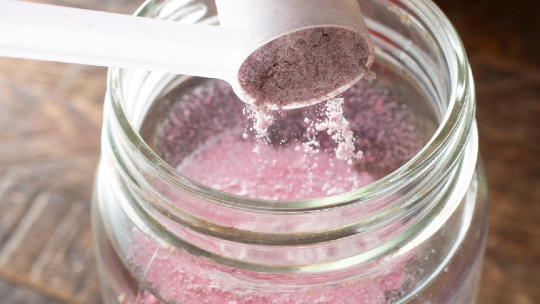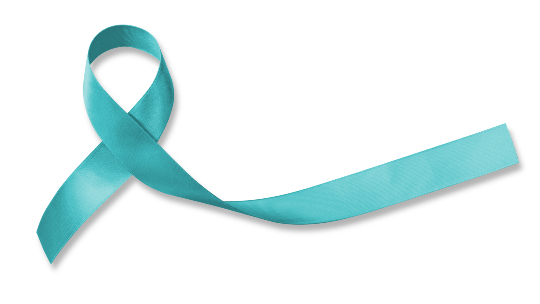Running is hard on feet. It's hard on toenails, too.
Just ask my neighbor Warren, who recently started developing black toenails after long weekend runs. Warren told me the black toenails were painless, and that they would fall off after several weeks. The new toenails that grew in were short, thick and discolored.
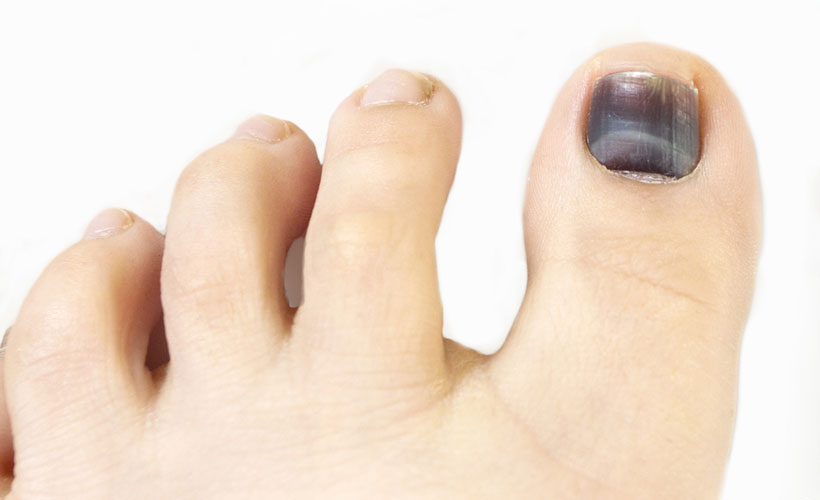 This article is for Warren -- and to all the dedicated runners out there who develop "runner's toenails."
This article is for Warren -- and to all the dedicated runners out there who develop "runner's toenails."
When toenails rub against the toe boxes of shoes, blood blisters can form between the nail plates and the underlying nail bed. The result -- runner's toenails -- can be painful or painless, depending upon the duration and the severity of the inciting trauma.
The nails may hurt because the intact nail plates prevent the escape of blood, which presses down on the nerve endings on the nail beds. After several weeks to several months, the blood eventually dries out, the overlying nail plates fall off, and the new outgrowing nail plates are exposed.
Just as a construction worker gets thick hand calluses from working with tools, the new nail plates are thickened and damaged by the repetitive damage and healing of the traumatized nail beds.
Prevention is the best treatment option for runner's toenails. I recommend some simple, common sense measures:
1. Wear proper-fitting shoes. Runner's toenails usually develop because the toenails are constantly banging up against the toe boxes of the running shoes. This can occur when the shoes are too short, too shallow, or too tapered for your foot type.
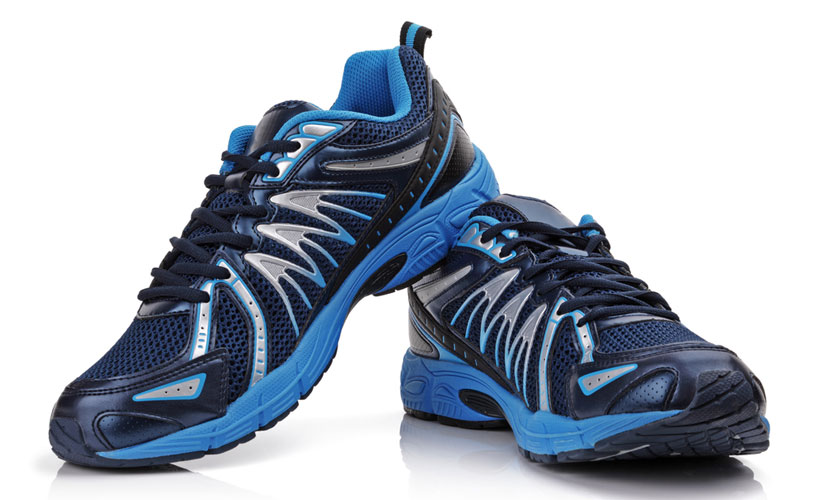 Running shoes should be purchased or fitted in the afternoon or in the evening to allow for normal swelling and movement. Feet can swell up to one-half size and up to one width from morning and afternoon. If your shoes fit in the afternoon, they'll fit well in the morning as well. There should be a thumb's width of space between the end of the longest toe and the end of the shoe. You should also be able to wiggle your toes in your shoes without any pinching or rubbing. Never get talked into "breaking in" shoes by inexperienced, commission-driven salespeople.
Running shoes should be purchased or fitted in the afternoon or in the evening to allow for normal swelling and movement. Feet can swell up to one-half size and up to one width from morning and afternoon. If your shoes fit in the afternoon, they'll fit well in the morning as well. There should be a thumb's width of space between the end of the longest toe and the end of the shoe. You should also be able to wiggle your toes in your shoes without any pinching or rubbing. Never get talked into "breaking in" shoes by inexperienced, commission-driven salespeople.
2. Wear well-padded socks. Some athletic socks, such as Thor-Lo brand, have extra-thick padding around the toes and heels that can prevent soft-tissue irritation. Socks should also be pulled loosely away from the tips of the toes. If the socks are taut against the tips of the toes they will cause tenting pressure on the toenails and will encourage bleeding.
3. Wear athletic insoles or arch supports. The foot is designed to collapse to absorb shock upon impact. As the foot collapses it flattens out and expands. Wearing high-quality athletic insoles from a running store or arch supports prescribed by a podiatrist or sports medicine physician will control the amount of impact-induced forefoot splaying of your feet and will prevent the toes from banging into the toe boxes of the shoes.
4. Run on flat terrain. Running up and down hills will encourage your toenails to bang into the ends of your shoes. Level running surfaces minimize the jamming effect.
5. Keep your toenails trimmed short. If your toenails are left too 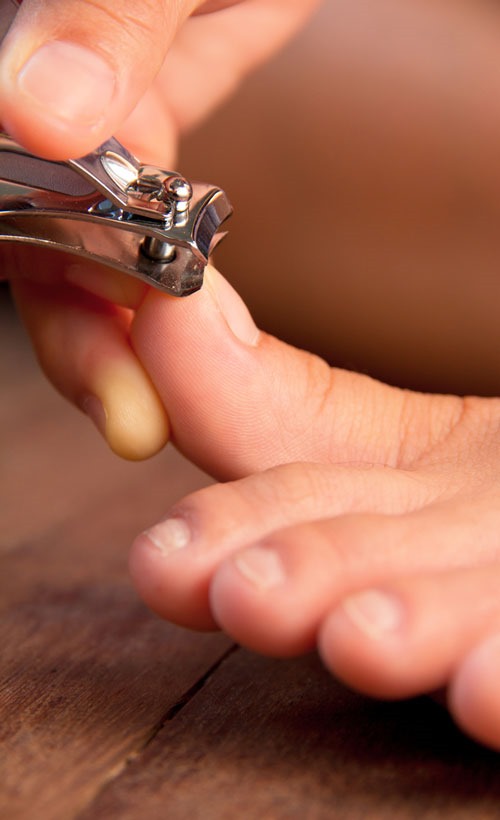 long, the tenting of the sock material and the direct impact of the toe box material on the tips of the toenails will weaken the soft tissue attachments of the nail bed to the nail plate and bleeding will occur.
long, the tenting of the sock material and the direct impact of the toe box material on the tips of the toenails will weaken the soft tissue attachments of the nail bed to the nail plate and bleeding will occur.
6. Check with your family physician or podiatrist. It's always a good idea to have a medical professional check out your toenails if they continue to turn black and fall off. While trauma is the most common reason for this problem, it is always a good idea to rule out the presence of something more serious like fungal nail infections, circulation problems, and skin cancers.
Dr. David Y.S. Yee is a board-certified podiatrist in private practice in Honolulu. He is on the medical staff of Straub Clinic and Hospital, and his areas of practice interest include diabetic foot care, shoe fit and design, patient education, and foot orthotics therapy.


